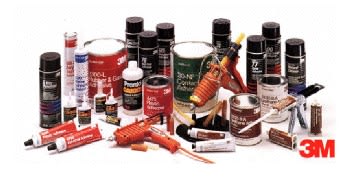Stu1Clark
Civil/Environmental
- Apr 29, 2021
- 2
I have a client who wants to install a 3" PE force main inside an unused 8" DI main. The run will be about 9000 lf and change of elevation around 130 ft. My thoughts are than this new main will "dance" inside the 8" causing abrasion and eventual failure. Has any one out there tried this?




